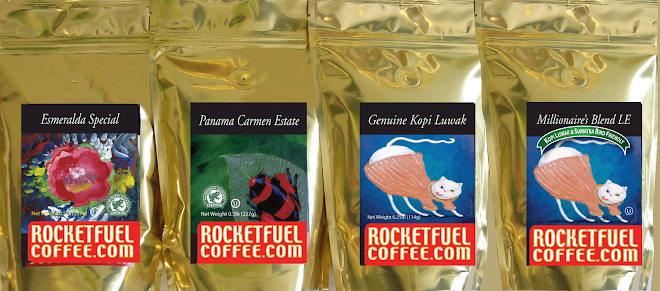
Just so we are all on the same page...
Although coffee isn't often thought of as a fruit, the coffee that Canadians consume is a natural plant product that grows in a wide band around the tropical parts of the globe.
Many people who are exposed to coffee only as a packaged product on the grocery store shelf or as a beverage in a cup are not aware of the rich natural beginnings of their beverage choice. Like many plant products, the natural background of coffee is the source for the presence of phytochemicals.
These phytochemicals are linked to many of the effects of coffee on health.
The coffee tree or shrub is a flowering bush that naturally grows to a height of 20 feet. It is usually pruned to a height of about 6 feet to allow for handpicking of coffee, the usual practice in most parts of the world. What is normally referred to as coffee beans are actually seeds. These seeds are like a cherry pit and are the product of the fruit of these coffee trees.
There are two primary species of the coffee plant in the world coffee market today, namely Arabica and Robusta. The many elements that are linked to the effects of coffee and health are very similar in both. The only significant difference is that Robusta coffee beans generally have a higher caffeine level than Arabica. This means that higher quality coffees which tend have a higher Arabica content will have relatively lower caffeine content compared to lower cost coffee alternatives.
The cherry pits or coffee beans are separated from the pulp of the coffee fruit and then dried to level that allows for the coffee to be handled, stored and shipped with convenience and safety. It is in this relatively stable green bean state that coffee is able to be shipped around the world and processed into roasted coffee.
Green coffee beans are subjected to very high levels of heat for short periods of time while being rotated in a drum or in an air column. This roasting process substantially transforms the coffee. Through a process called pyrolisis the hundreds of elements that make up the aroma and flavour of coffee are developed.
The result is a very complex and satisfying product. Slight variations in the amount of roasting time and temperature produce the significant taste differences between a light, brown coffee roast and a dark, oily "espresso" roast.
The consensus is that roasting variations make little difference to the impact on health except that there is slightly less caffeine in a darker roast coffee. This is a surprise to many given the "stronger" taste of a dark roast coffee on the palate. However, the lower caffeine content of a darkly roasted coffee is minimal. An effective approach to modifying the caffeine level of a coffee choice involves adjusting the ratio of coffee to water or the method of preparation.
The world of coffee is as complex with a multitude of brewing processes and options.








No comments:
Post a Comment